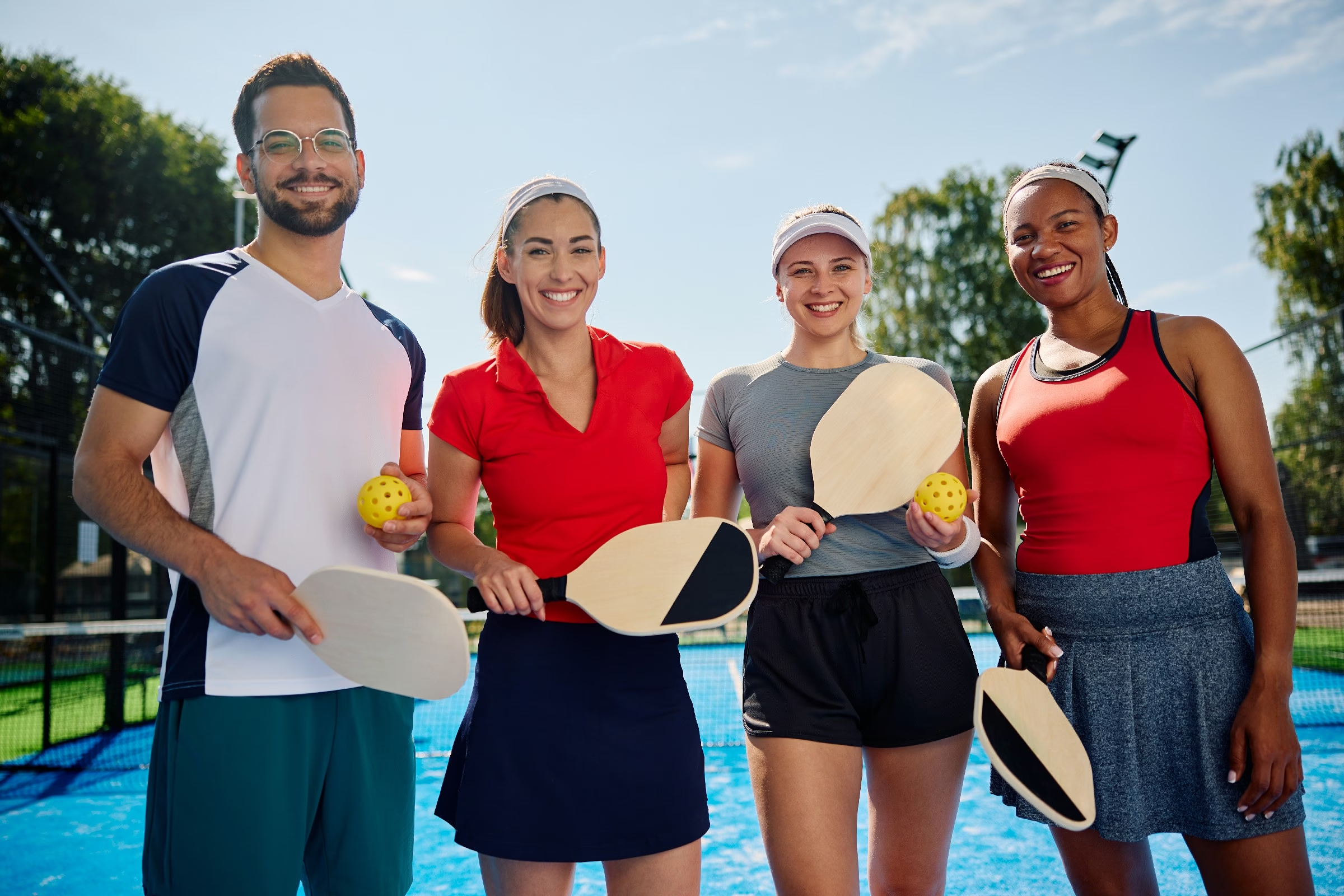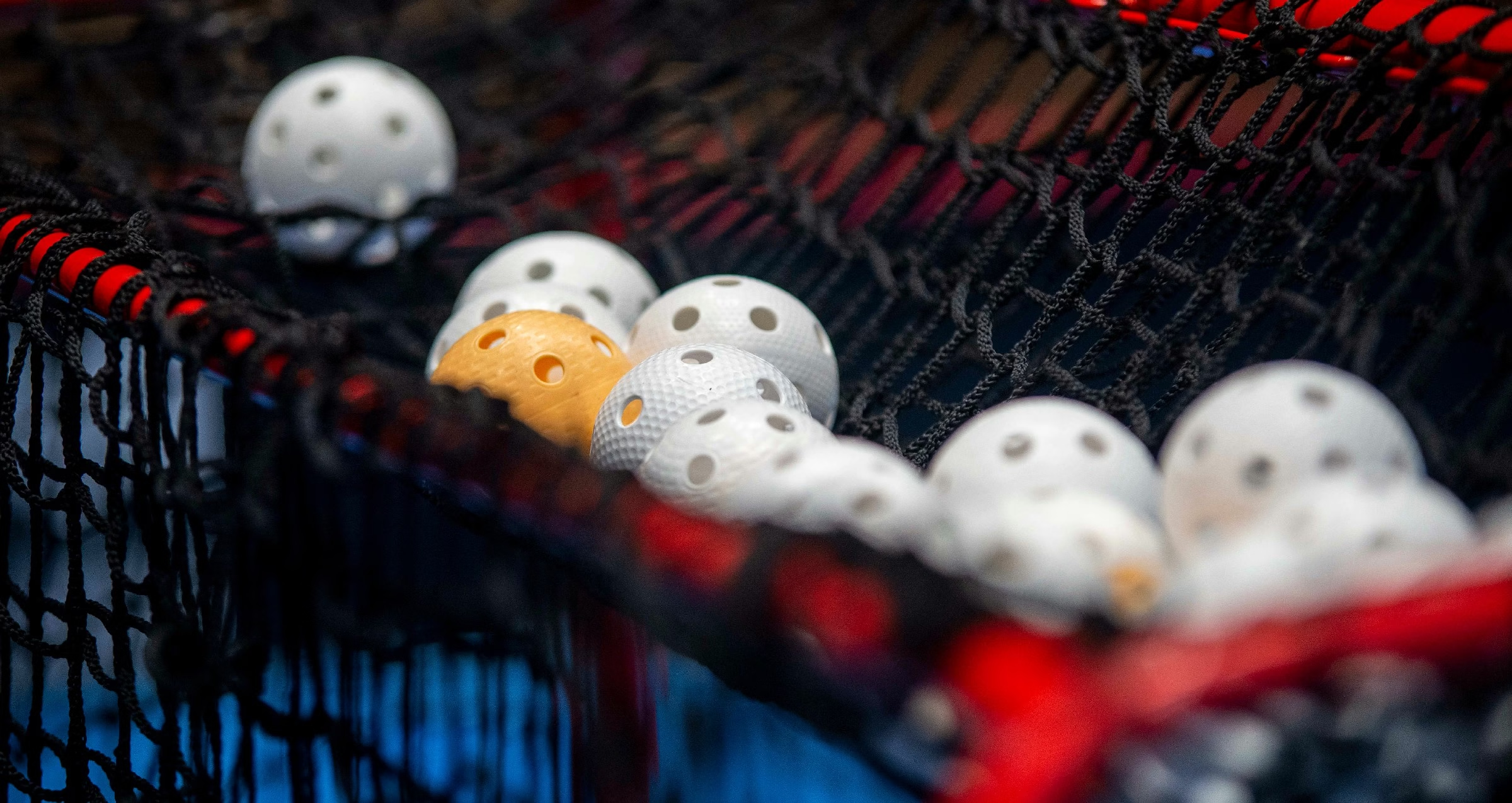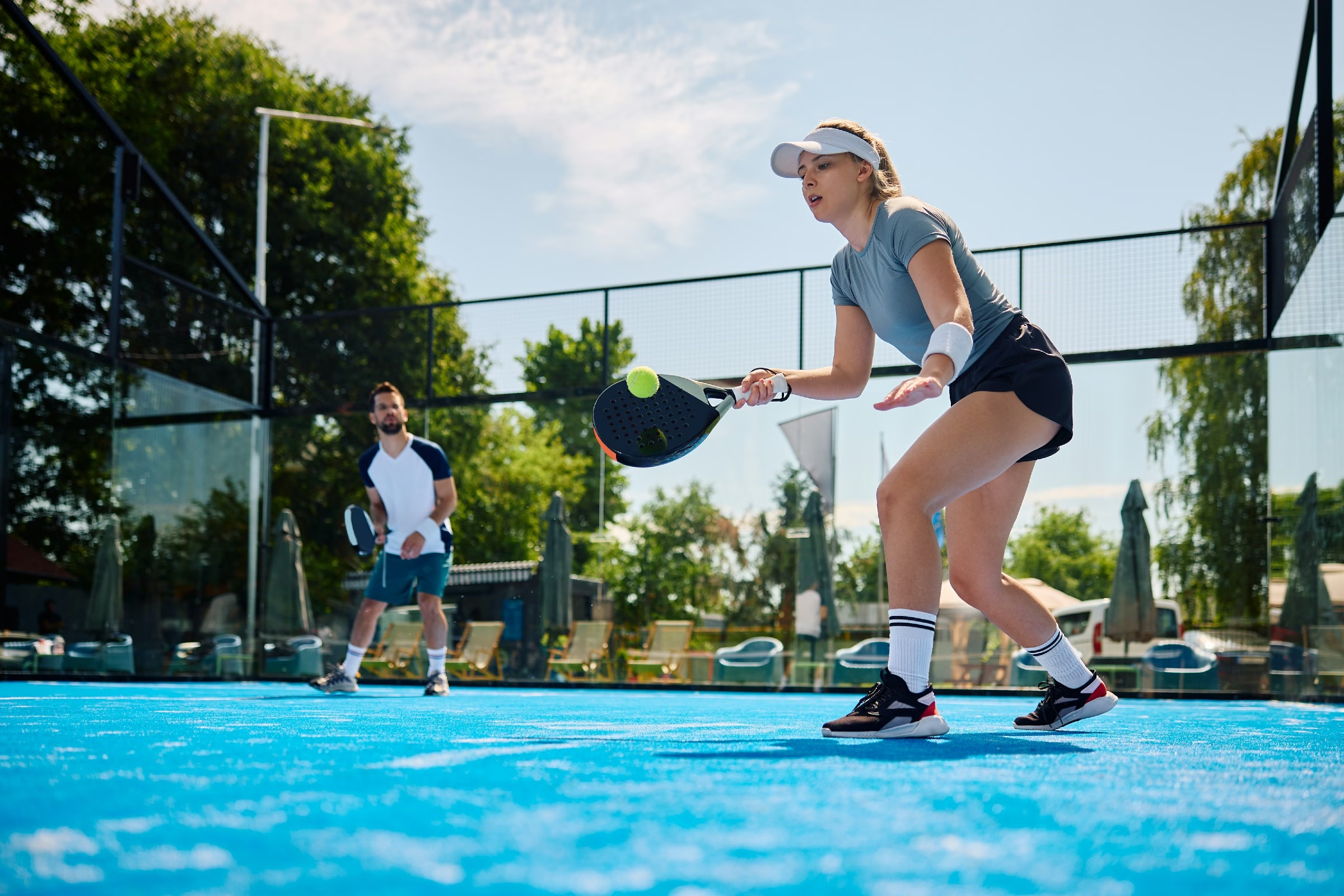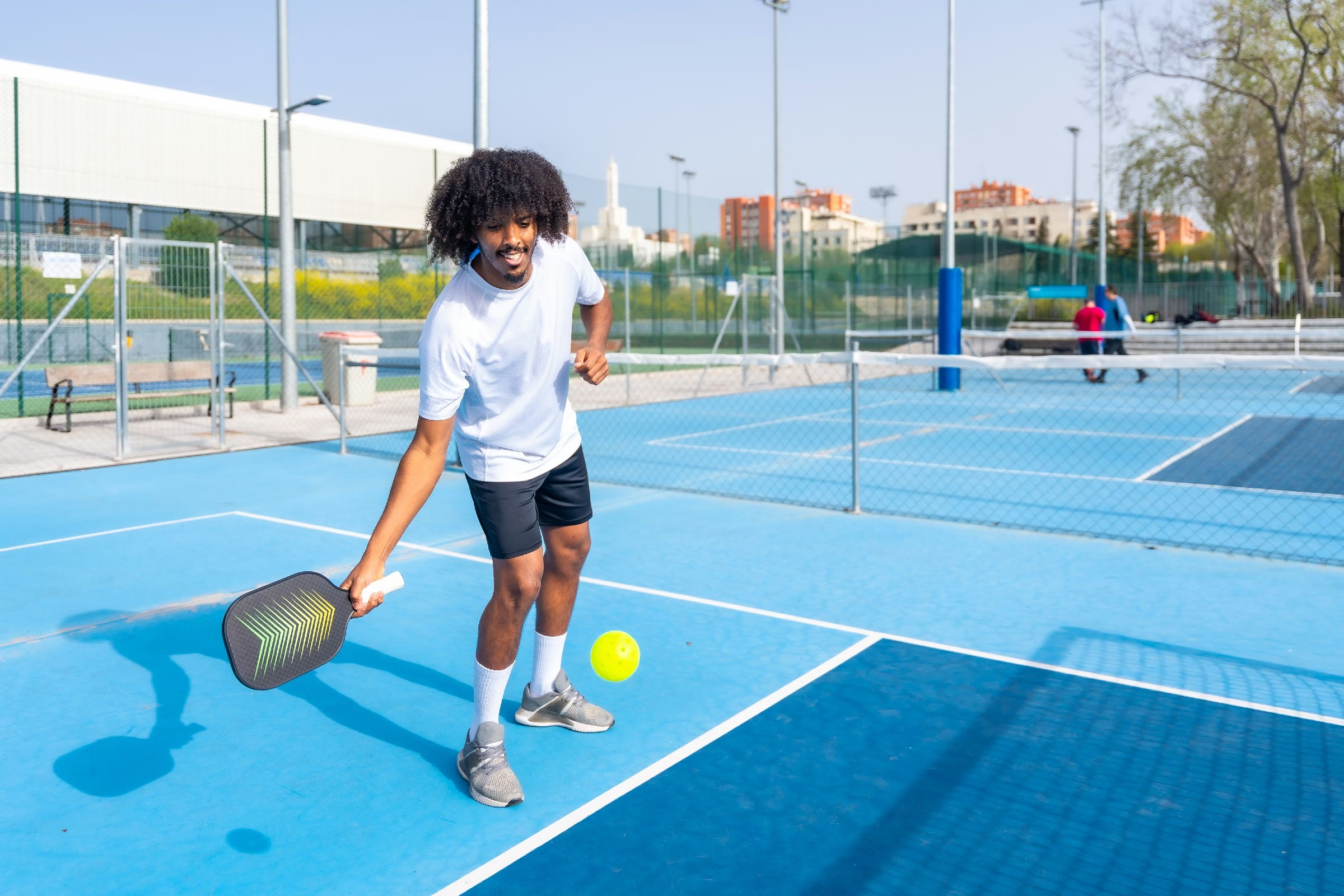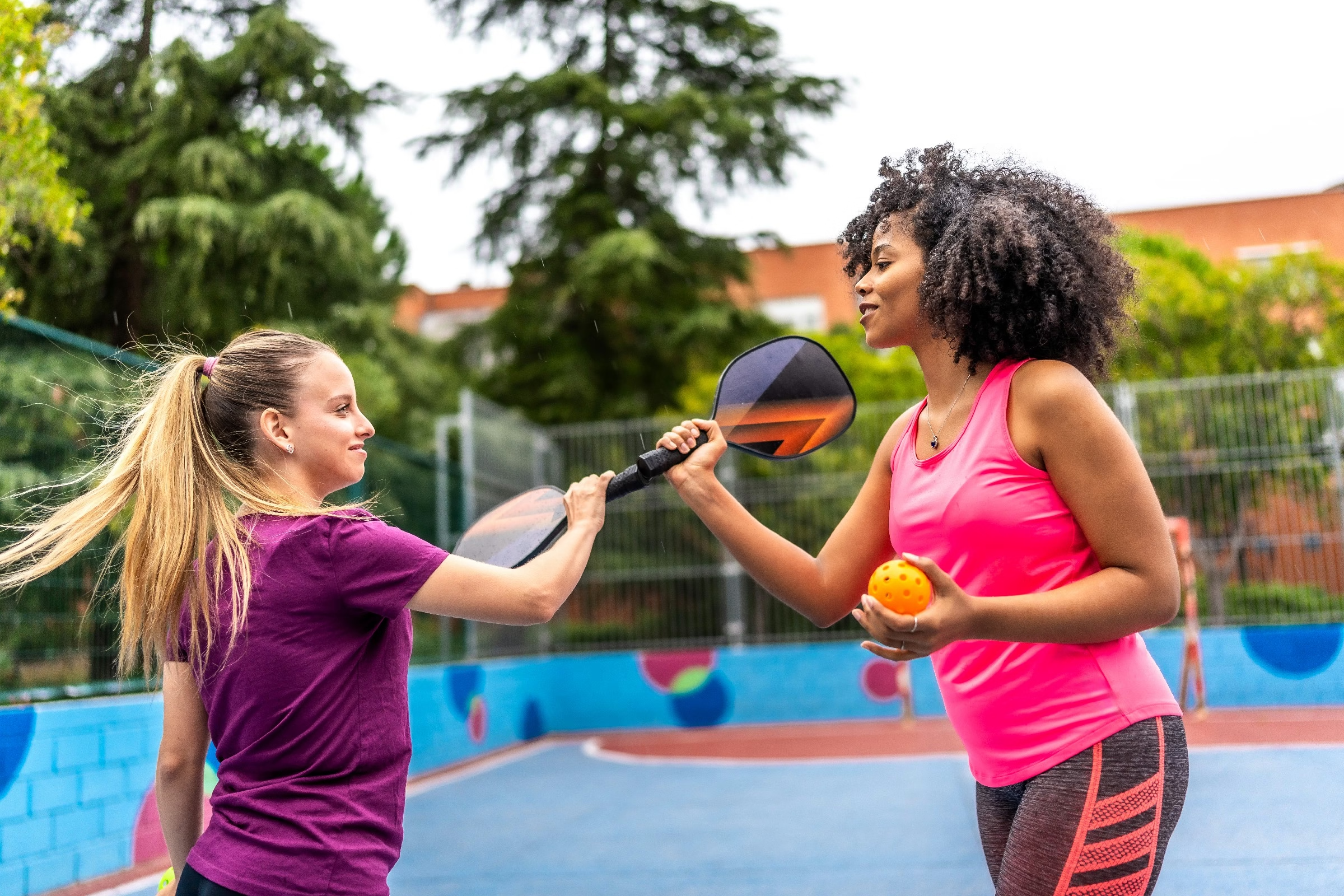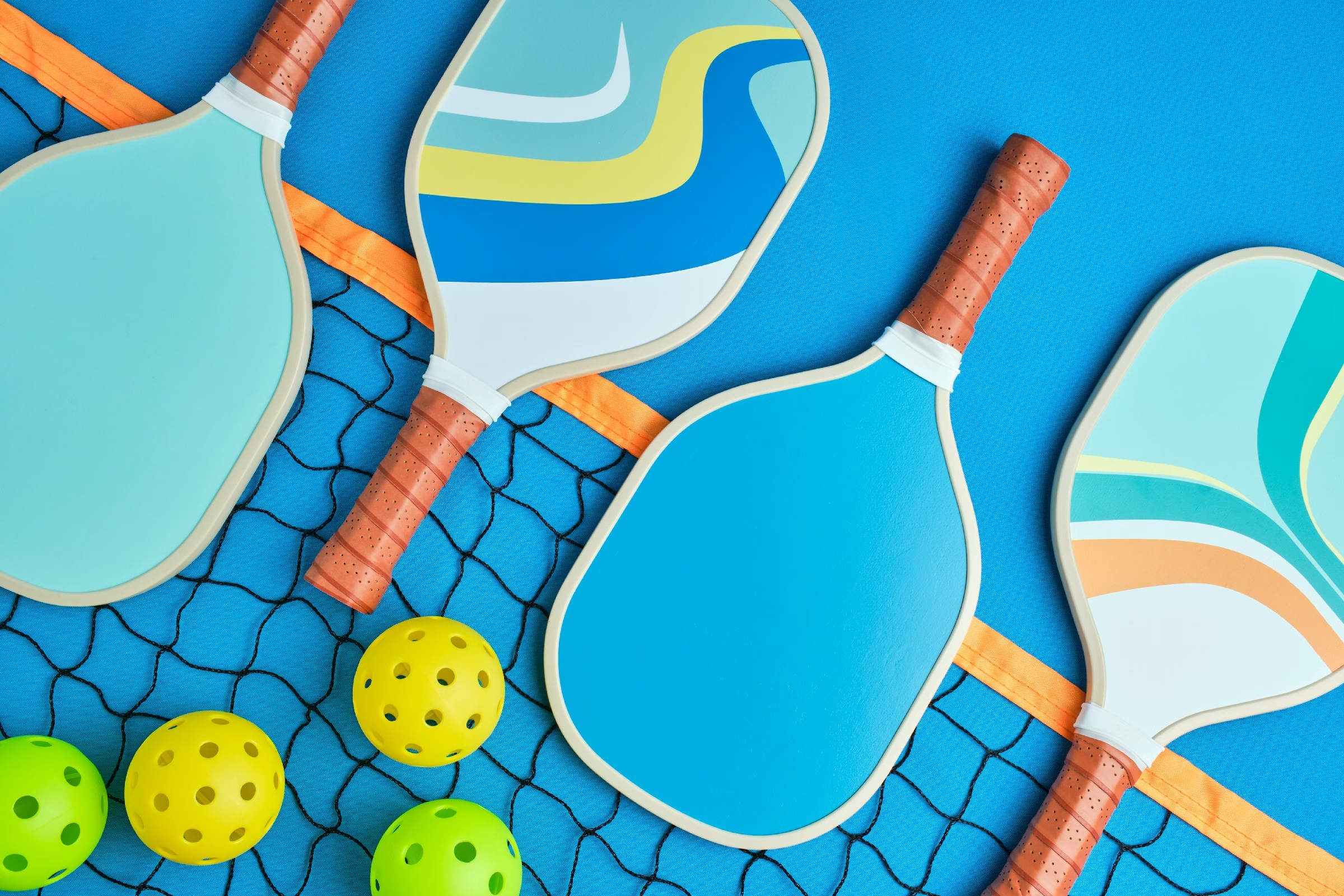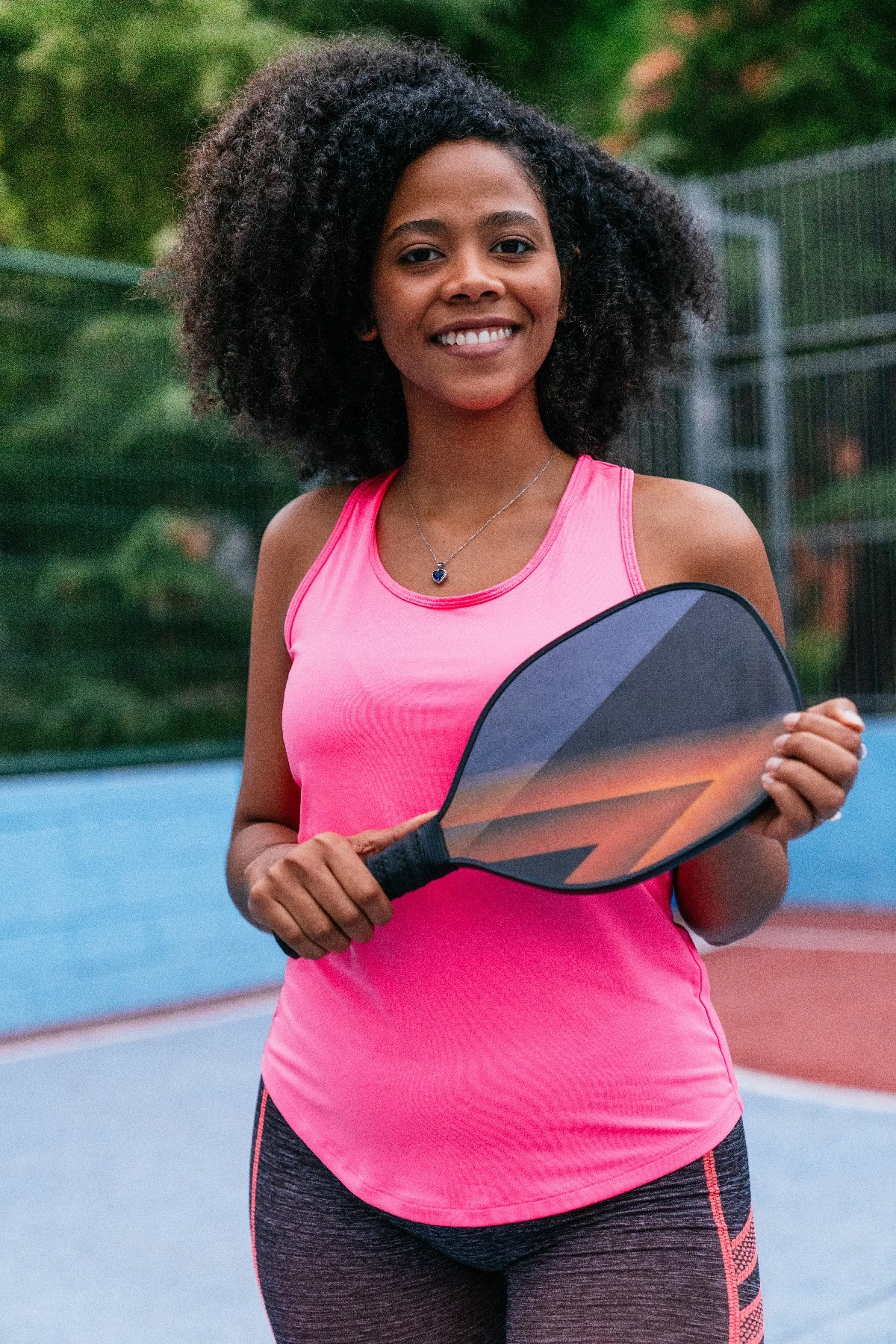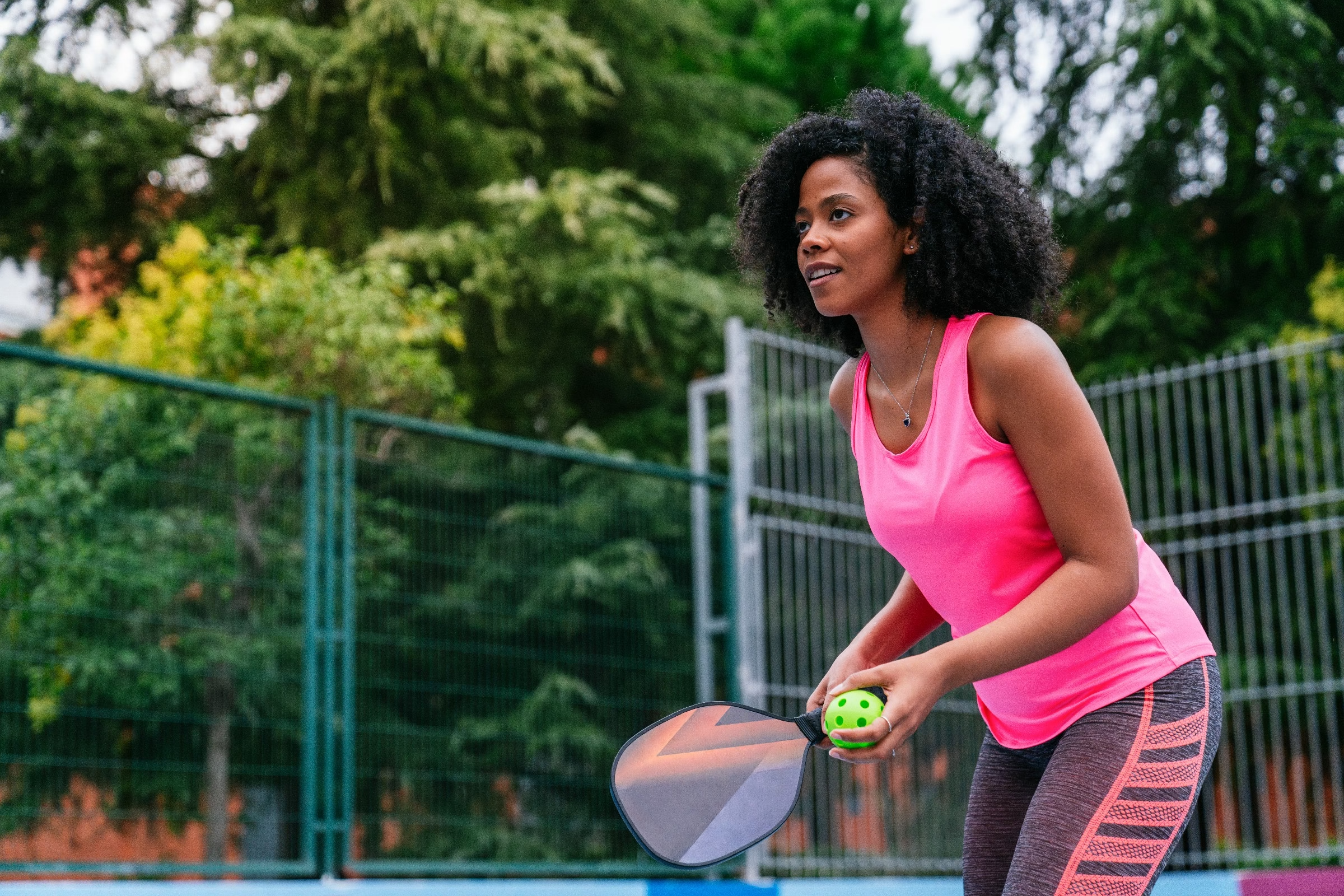Blog
how much should a pickleball paddle weight
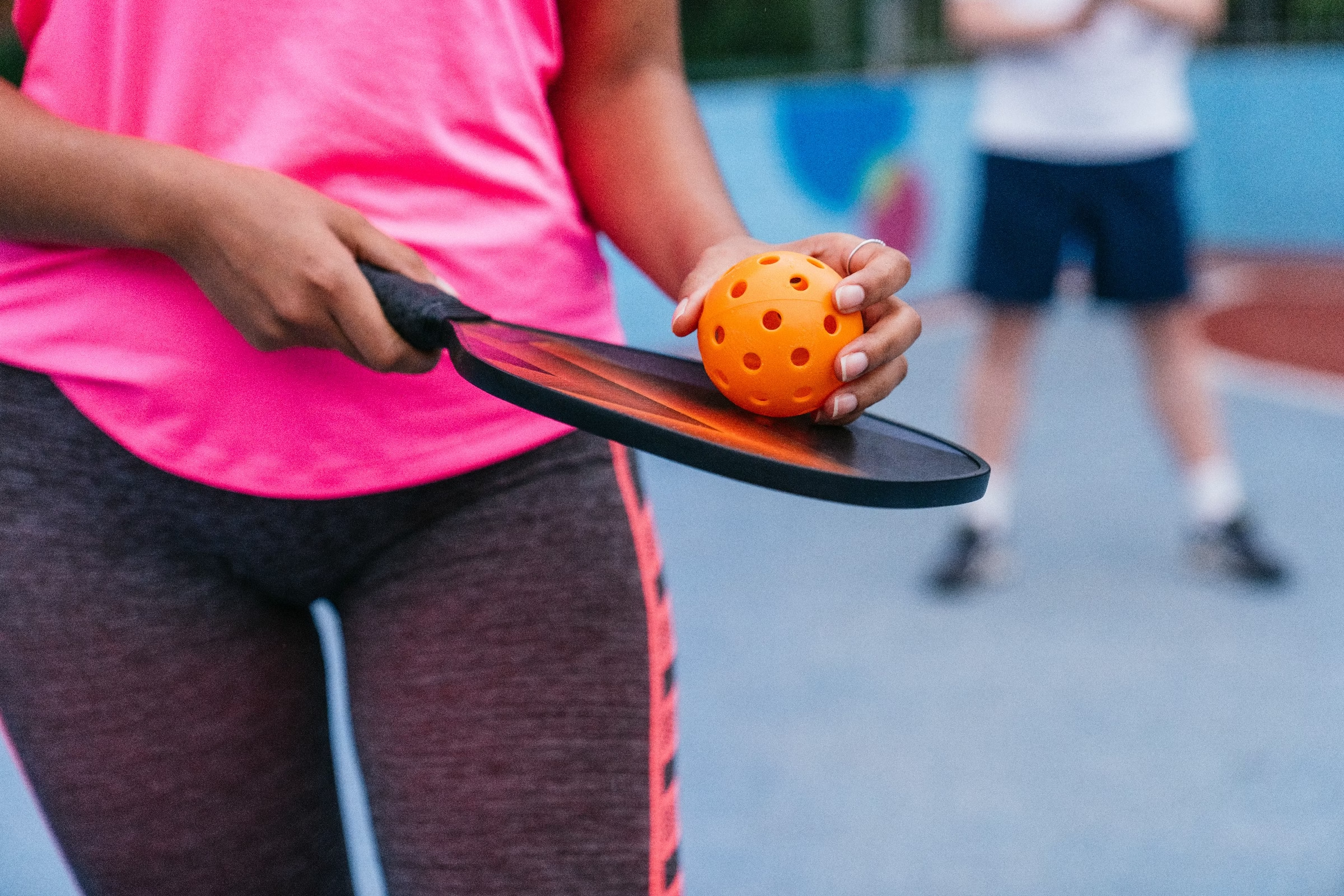
When it comes to the fast-paced sport of pickleball, the right equipment can make all the difference between a winning shot and a missed opportunity. Among the myriad choices players face,one of the most crucial decisions revolves around the weight of the paddle. Just as a chef carefully selects the right knife for a culinary masterpiece, pickleball enthusiasts must understand how paddle weight influences their performance on the court. In this article, we delve into the factors that determine the ideal weight for a pickleball paddle, exploring the benefits and drawbacks of lightweight versus heavier options. Whether you’re a seasoned player or a curious newcomer, understanding how paddle weight can affect your game is key to unlocking your full potential in this exhilarating sport.
table of Contents
- Understanding Paddle Weight and Its Impact on performance
- Exploring the Ideal Weight Range for Pickleball Paddles
- The Role of Paddle Material in Weight Variations
- Finding the Perfect Balance: Heft vs. maneuverability
- Tailoring Paddle Weight to Player Skill Levels and Styles
- Making an Informed Choice: Testing and Personal Preference
- Q&A
- in Retrospect
Understanding Paddle Weight and its impact on Performance
Paddle weight plays a crucial role in how effectively you can perform on the pickleball court. In general, pickleball paddles range from 6 to 14 ounces, with the weight affecting various aspects of gameplay. Heavier paddles frequently enough offer more power, ideal for aggressive players looking to hit strong, fast shots. Conversely, lighter paddles enable quicker reactions and maneuverability, allowing players to spin and place their shots with precision.
When considering your ideal paddle weight,keep in mind the trade-offs associated with your playing style and physical condition. Here are a few factors to evaluate:
- Power vs. Control: Heavier paddles provide a solid feel and added power, but less control. Lighter paddles offer greater touch and finesse.
- Endurance: If you play long matches, a lighter paddle can reduce fatigue and strain on your wrist and arm.
- Skill Level: Beginners may gravitate towards a lighter paddle for easier handling, while advanced players may prefer heavier paddles for stronger shots.
Ultimately, the right paddle weight is a personal choice influenced by comfort and style. Testing different weights is advisable to discover what feels best for your unique game.For added clarity, consider the following table that summarizes typical weights and their recommended use:
| Paddle Weight (oz) | Recommended Use |
|---|---|
| 6 – 7.5 | Beginner/Control |
| 7.5 – 8.5 | Intermediate/Balance |
| 8.5 – 10+ | advanced/Power |
Exploring the Ideal Weight Range for Pickleball Paddles
When choosing a pickleball paddle, weight plays a crucial role in your overall performance and comfort on the court. Paddle weight typically ranges from 6 to 14 ounces, with various options offering unique benefits tailored to a player’s style. Understanding the nuances between lighter and heavier paddles can help players make informed choices that enhance their game.
Lightweight paddles, typically weighing between 6-8 ounces, are favored for their maneuverability.Players who value fast reaction times and fast volleys often prefer these paddles. The benefits of lighter paddles include:
- Enhanced agility for quick wrist movements.
- Less strain on the arm during extended play.
- Greater control for precision shots.
Conversely, heavier paddles, ranging from 9-14 ounces, can provide more power in your shots, benefiting players who rely on strength and stability. Here are some advantages of using a heavier paddle:
- Increased momentum behind each shot.
- greater stability for powerful serves.
- Improved shock absorption on hard hits.
Ultimately, the ideal paddle weight is often a personal choice influenced by factors such as playing style, physical strength, and game strategy. Many players find benefits in experimenting across this weight spectrum to discover what feels most cozy and effective. As you explore the market, consider testing multiple options, as hands-on experience can lead you to the paddle that best complements your game.
The Role of Paddle Material in Weight Variations
The choice of paddle material plays a crucial role in determining the weight and, consequently, the overall feel of a pickleball paddle. Most paddles are constructed using various materials such as wood, composite, and polymer, each presenting its own weight characteristics. Wood paddles, while being the heaviest, typically weigh between 8 to 14 ounces and provide a solid, conventional feel that appeals to beginners. Conversely, composite and polymer paddles tend to be lighter, ranging from 6 to 8 ounces, which often allows for more agility and quicker reactions during play.
With a lighter paddle, players may find it easier to maintain control over fast rallies and execute quick maneuvers. This reduction in weight can be attributed to the use of advanced materials such as carbon fiber and fiberglass, which offer robust strength without the bulk. However, it is important to note that while lighter paddles can enhance speed, they may also absorb less shock, potentially resulting in less power on drives and serves. Hence, finding the right balance between weight and material is key for optimal performance.
| Paddle Material | Typical Weight Range (oz) | Advantages | Disadvantages |
|---|---|---|---|
| Wood | 8-14 | durability, Great for beginners | Heavy, Less maneuverability |
| Composite | 6-8 | Lightweight, Good power | Higher cost, Less durable |
| Polymer | 6-8 | Aggressive spin, Improved control | May lack power, Requires technique |
Ultimately, selecting the right paddle comes down to personal preference and playing style, where understanding the impact of material on weight can guide players in their decision-making process. The benefits of each material must be weighed against its drawbacks, as lighter paddles may excel in finesse, while heavier options could offer stability and control. Hence,experimentation with different materials is often the best approach for players to discover their ideal match.
Finding the Perfect Balance: Heft vs. Maneuverability
Choosing the right weight for a pickleball paddle is a delicate dance between two key factors: heft and maneuverability.A heavier paddle often offers more power behind your shots, allowing for deeper serves and stronger smashes. Players who prefer to rely on strength may gravitate towards paddles in the 7.5 to 8.5 oz range. These paddles can absorb shock well and transfer energy efficiently in every swing, delivering a satisfying thud upon contact with the ball.
On the other hand, maneuverability is crucial for quick reaction times and finesse plays. Lighter paddles, generally weighing between 6 to 7.5 oz, allow for rapid adjustments, making them ideal for players who excel at positioning and control. These paddles facilitate swift wrist movements and provide greater agility during fast-paced rallies. Balancing power and speed requires an understanding of your playing style and strengths, pushing you to consider how each weight affects your gameplay.
Ultimately, the sweet spot frequently enough lies in personal preference. Players are encouraged to experiment with various weights to discover what feels best in hand.Consider factors such as:
- Strength: If you’re physically stronger, a heavier paddle may suit you.
- Game Style: Aggressive players might favor heft, while more strategic players may opt for lighter options.
- Endurance: Some players tire quickly with heavier paddles during extended play, making lighter paddles more suitable.
Track your performance and how each paddle weight affects your game, and remember—what works wonders for one player may not be ideal for another!
tailoring paddle Weight to Player Skill Levels and Styles
When selecting a paddle’s weight, it’s essential to consider the player’s skill level.Beginners often benefit from lighter paddles,ranging from 7.0 to 7.5 ounces, as these allow for easy maneuverability and quicker reactions at the net. This weight range helps reduce fatigue and minimizes the risk of strain while players are still mastering the fundamentals of their strokes. On the other hand, more advanced players who have developed strength and control may prefer paddles weighing between 7.5 to 8.5 ounces, allowing them to generate more power with their swings.
Each player’s style of play can also significantly impact their choice of paddle weight.For example, aggressive players who favor powerful, hard-hitting shots will often lean towards heavier paddles. The additional weight can provide better stability and momentum, creating a formidable force during their strikes. Conversely, players with a more finesse-oriented approach, including strategic placements and soft shots, may gravitate toward lighter paddles that enhance their touch and feel on the ball.
| Player Type | Recommended Paddle Weight | Benefits |
|---|---|---|
| Beginner | 7.0 – 7.5 oz | Easy maneuverability, less fatigue |
| Intermediate | 7.5 – 8.0 oz | Balance of power and control |
| advanced | 8.0 – 8.5 oz | Increased stability and force |
Ultimately, finding the right paddle weight is a subjective decision that hinges on a combination of skill level and personal play style. It’s advisable for players to experiment with various weights, as comfort and performance can greatly influence game enjoyment and proficiency. by aligning paddle weight with these factors, players can optimize their performance on the court, enhancing their overall pickleball experience.
Making an Informed Choice: Testing and Personal Preference
Choosing the right weight for your pickleball paddle isn’t just about picking a number; it’s a decision that intertwines personal comfort and performance. The weight of a paddle can significantly affect your game style and endurance. Generally, paddles weigh between 6 to 14 ounces, with most players opting for paddles in the 7 to 8.5-ounce range.In this critical phase of choosing, it is essential to consider how different weights influence control, power, and fatigue during play.
When testing paddles, take into account your playing style and the types of shots you enjoy. Here are some prevalent preferences based on weight:
- Lightweight Paddles (6-7.5 oz): These provide excellent maneuverability, allowing for quick reactions and control over finesse shots.
- Medium Paddles (7.5-8.5 oz): A balanced choice for players who want a mix of power and control; versatile for various play styles.
- Heavy Paddles (8.5-14 oz): Ideal for aggressive players focusing on power and stability; however, expect increased fatigue over longer games.
Ultimately, personal preference plays a crucial role in determining the best paddle weight for you. While some players thrive with a lightweight paddle that enables swift play, others might gravitate towards a heavier paddle that boosts their swing power. Consider testing paddles of various weights to gauge which feels most comfortable. When possible, utilize a trial period in real-game situations, which can be invaluable in finding the perfect match for your playing style, ensuring you are both well-equipped and confident on the court.
Q&A
Q&A: Understanding the Ideal Weight for Your Pickleball Paddle
Q: Why is the weight of a pickleball paddle important?
A: The weight of a pickleball paddle plays a crucial role in your overall game. It affects your swing speed, power, control, and fatigue during play. A paddle that feels comfortable allows you to focus on your strategies rather than struggling with an awkward weight.
Q: What is the typical weight range for pickleball paddles?
A: Pickleball paddles generally fall within a weight spectrum of 6 to 14 ounces. Tho,most players find their sweet spot between 7 and 8.5 ounces, balancing control and power without causing excessive fatigue.
Q: How does weight impact my gameplay?
A: Lighter paddles (6-8 ounces) offer increased maneuverability and quicker reaction times, making them ideal for players who prioritize speed and finesse, especially at the net.Conversely, heavier paddles (8.5 ounces and above) can provide added power on drives and groundstrokes, beneficial for players who rely on strong hits.
Q: What should beginners consider when choosing paddle weight?
A: Beginners should focus on comfort. Trying different weights can definitely help identify the one that feels most natural. It’s frequently enough recommended to start with a mid-range weight to balance ease of use with learning the basics of technique.
Q: Can personal playing style influence paddle weight choice?
A: Absolutely! Players with a more aggressive playing style who love to smash could lean towards heavier paddles for powerful strikes, whereas those who excel at quick volleys and finesse shots may prefer lighter options for enhanced control.Q: Should I consider my physical condition when selecting a paddle?
A: Yes! If you have any prior injuries or concerns about your wrists, elbows, or shoulders, opting for a lighter paddle can help reduce strain during extended play. Listening to your body is key to enjoying the game in the long run.
Q: Is there an optimal weight for specific skill levels?
A: While skill level is subjective, most players frequently enough find that as they improve, they might experiment with different weights. Beginners might gravitate towards lightweight options for ease, whereas advanced players frequently enough try heavier paddles for specific advantages in power or spin.
Q: Can I test paddle weight before making a purchase?
A: Many local sporting goods stores and pickleball clubs offer demo paddles for players to try out before buying.This hands-on approach is an excellent way to gauge what feels best for your playing style and preferences.
Q: Are there any general tips for maintaining optimal paddle performance?
A: Keeping your paddle clean and storing it properly can help maintain its weight and performance. Avoid exposing it to extreme temperatures or dampness, and consider periodic assessments to ensure it still meets your playing needs.
Q: What final piece of advice do you have for players in choosing paddle weight?
A: Ultimately, the best paddle weight is one that feels right in your hands during gameplay. don’t rush the decision—experiment and trust your instincts. As you learn and grow in the game, your preferences might evolve, too!
In Retrospect
As we’ve unraveled the threads of pickleball paddle weight, it’s clear that finding the right balance is not just a matter of personal preference, but also an art form that can elevate your game. Whether you gravitate toward the lightweight agility of a sub-7 ounce paddle or the solid command of a heavier option, the ultimate choice lies in how it aligns with your playing style and physicality. Remember, every player is unique, and what feels right for one may not resonate with another.
As you step onto the court with your ideal paddle in hand, take a moment to appreciate the journey you’ve embarked on—navigating weight, materials, and design to find your perfect match. With each swing, you’re not just playing a game; you’re crafting your own pickleball narrative. So go ahead, experiment, adjust, and embrace the rhythm of your game.After all, in the vibrant world of pickleball, the paddle is more than just equipment; it’s an extension of your passion and strategy. Happy playing!

